360 Trail Camera How Does It Work?
As technology advances, the tools we use to capture and share our adventures are becoming more sophisticated, and one such innovation is the 360 trail camera. Unlike traditional cameras that only capture limited angles, 360 trail cameras are designed to provide immersive, panoramic views of their surroundings. This makes them ideal for a variety of applications such as surveillance, hunting, hiking, and wildlife observation. In this article, we will delve deep into how 360 trail cameras work, exploring the key components and technologies that make them a game changer in capturing comprehensive outdoor imagery.
Levels of Immersiveness: Understanding 360-Degree Capturing
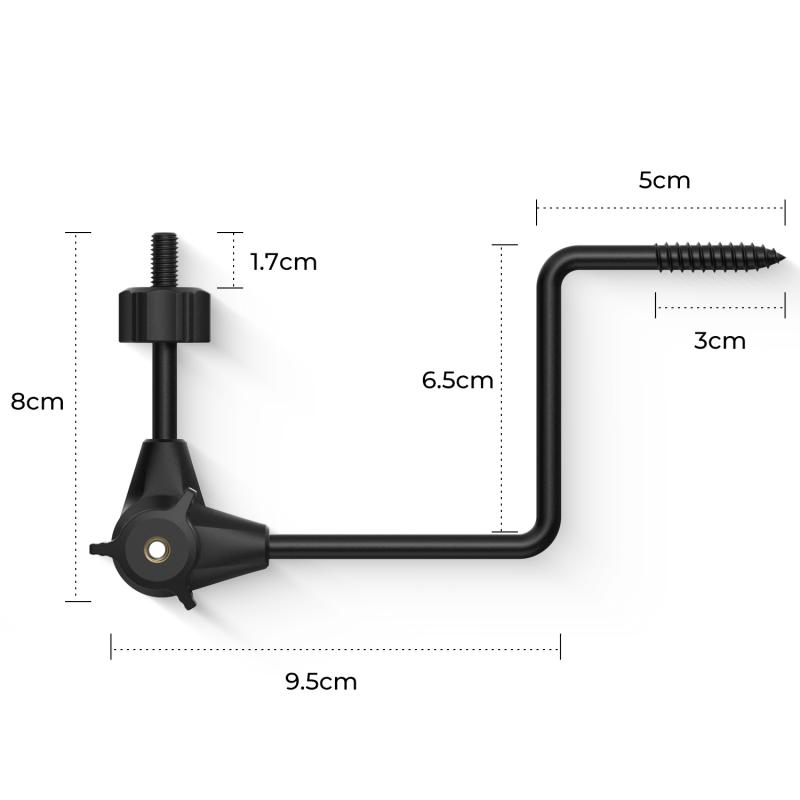
To fully appreciate how 360 trail cameras work, one must first understand the concept of 360-degree capturing. Traditional cameras capture images within a constrained field of vision, often missing out on crucial details occurring outside their scope. In contrast, a 360 camera captures everything around it in a sphere, providing a more immersive experience. This is made possible using either a single omnidirectional lens or multiple cameras configured to cover the entire field of view.
Components and Design of 360 Trail Cameras

A 360 trail camera generally consists of several main components:
1. Lenses: Depending on the design, a 360 camera can use either a single lens with a very wide field of view or multiple lenses to capture different angles. When multiple lenses are used, they are typically paired, and their images are stitched together to form a seamless 360-degree panorama.
2. Sensors: Modern 360 trail cameras use advanced image sensors capable of capturing high-resolution images and videos. These sensors are designed to function effectively in various lighting conditions, which is crucial for outdoor environments.
3. Stitching Software: When multiple cameras are used, stitching software is essential. This software analyzes the overlapping fields of view from different lenses and merges them into a single, seamless image or video.
4. Storage and Power: Given the large amount of data generated, 360 trail cameras often come with substantial storage capabilities, either built-in or expandable via memory cards. They are also designed to be energy efficient, running on rechargeable or replaceable batteries to ensure longevity in the field.
5. Enclosure: Durability is a key consideration, especially for outdoor use. These cameras are typically housed in rugged, weatherproof enclosures to protect against dust, moisture, and impact.
How It Works: The Mechanics of 360-Degree Imaging

When a 360 trail camera is triggered, usually by motion or heat sensors in the case of wildlife observation, it begins to capture images from all directions simultaneously. Here’s a step-by-step breakdown of the process:
Image Capture
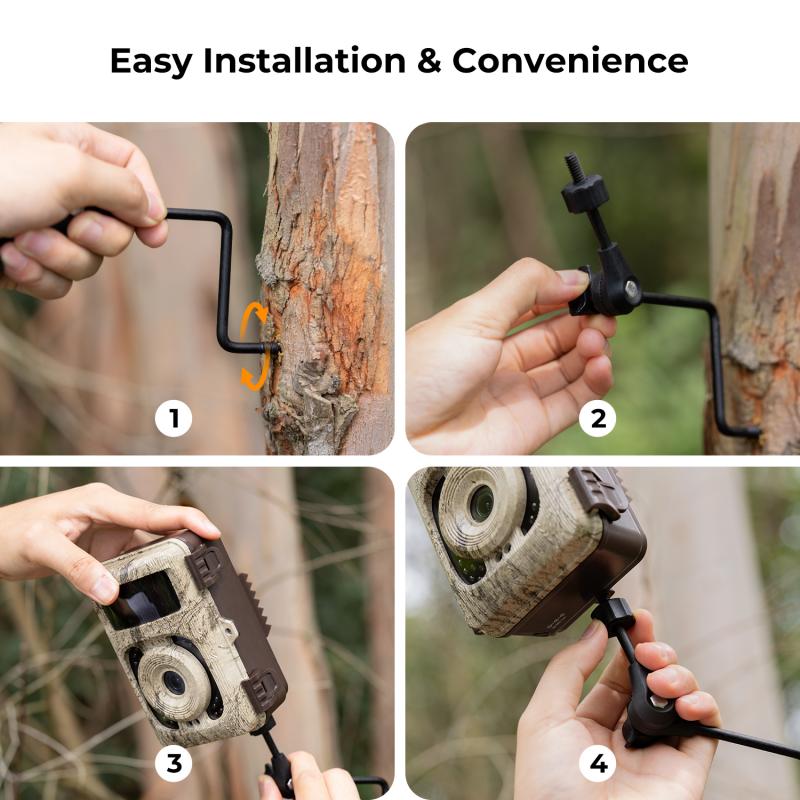
If the camera uses a single lens, it needs to be an ultra-wide-angle lens — sometimes a fisheye lens — to capture the full 360 view. In the case of multi-lens cameras, each lens captures a portion of the surroundings.
Image Stitching
Once the individual images are captured, they are passed to the camera's processor. Here, stitching software combines them into one cohesive image or video. This step is crucial as it ensures there are no visible seams where the images meet. Advanced algorithms consider factors like lighting and angle alignment to produce a seamless panorama.
Data Storage
After processing, the resulting 360-degree images or videos are saved onto the camera's storage medium. High-capacity memory cards are often used to accommodate the large file sizes resulting from high-resolution captures.
Power Management
Efficient power management systems ensure that the cameras can function for extended periods. Many modern 360 trail cameras come equipped with power-saving features like sleep modes, which get activated in the absence of movement, thereby conserving battery life.
Practical Applications of 360 Trail Cameras
The versatility of 360 trail cameras makes them invaluable for a variety of use cases. Here are some practical applications:
1. Wildlife Observation: Hunters and wildlife enthusiasts can set up these cameras in strategic locations to monitor animal behavior. The 360-degree view ensures that no movement goes unnoticed, providing comprehensive insights into the habits and routines of wildlife.
2. Security and Surveillance: For property surveillance, these cameras offer a significant advantage as they eliminate blind spots. Placed in residential or commercial settings, they can monitor all directions simultaneously, providing enhanced security.
3. Outdoor Adventures: Hikers and adventurers can use 360 trail cameras to document their journeys. The immersive views offer a richer experience when reliving trips or sharing them with others.
4. Research and Environmental Monitoring: Scientists and researchers studying ecosystems can deploy these cameras to capture comprehensive data over extended periods, allowing for more detailed analysis of environmental changes and wildlife behavior.
Challenges and Considerations
While 360 trail cameras offer numerous benefits, they also come with a set of challenges and considerations:
1. Image Quality: Ensuring high image quality can be challenging, especially in low-light conditions or during fast movement. Advanced sensors and lenses help mitigate some of these issues, but they can add to the cost.
2. Stitching Artifacts: Poor stitching can result in artifacts that distort the image. While software is continually improving, ensuring seamless stitching remains a technical challenge.
3. Battery Life: Extended battery life is crucial for remote and extended deployments. Users need to consider the power requirements and plan accordingly, possibly using solar chargers or additional battery packs.
4. Data Management: The large file sizes necessitate efficient data management strategies. Users must regularly offload and back up their data to prevent loss and facilitate easy access.
5. Cost: Advanced 360 trail cameras can be notably more expensive than traditional trail cameras. However, the investment can be justified by the comprehensive coverage and additional data they provide.
Future Trends and Innovations
As technology progresses, we can expect several advancements in 360 trail cameras:
- Enhanced AI Integration: Future models could incorporate AI for real-time object recognition and activity analysis, adding a new layer of functionality.
- Better Battery Solutions: Innovations in battery technology could lead to longer durations of operation, making these cameras even more suited for remote applications.
- Increased Resolution: As sensor technology evolves, we'll likely see cameras with even higher resolution capabilities, capturing more detail and producing clearer images and videos.
- Improved Connectivity: With advancements in wireless communication, future 360 trail cameras could offer enhanced real-time remote monitoring and management capabilities.
360 trail cameras represent a significant leap forward in the way we capture outdoor environments. Their ability to provide a complete, immersive view helps users in various fields — from wildlife observation and security to adventure documentation and scientific research. While there are challenges to consider, ongoing innovations promise to make these devices even more powerful and easier to use. For those who demand unparalleled coverage and detailed insights from their monitoring devices, a 360 trail camera is an invaluable tool that continues to evolve and improve with each technological breakthrough.


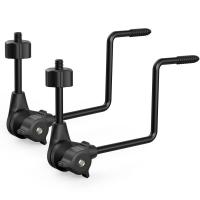
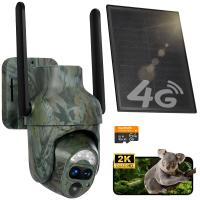
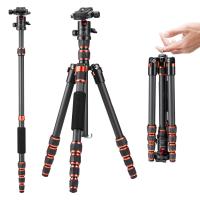

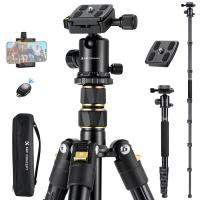
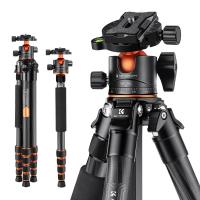
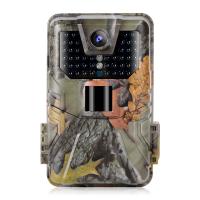
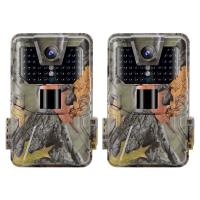
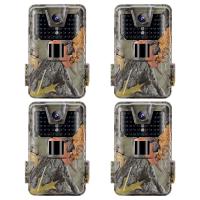

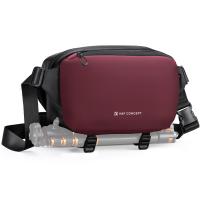
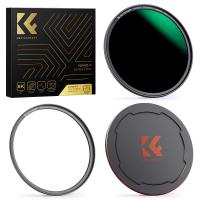
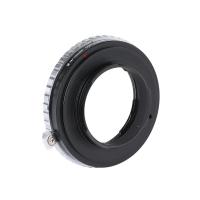


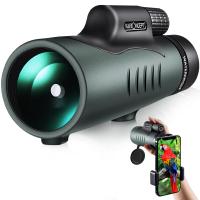
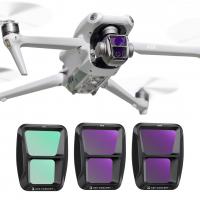

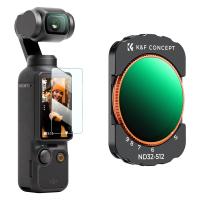




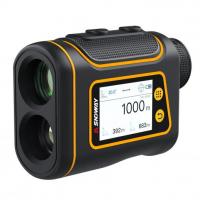
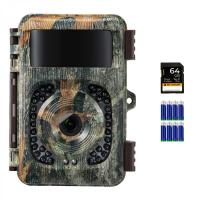



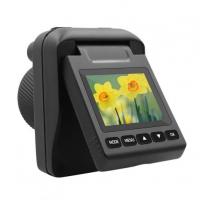




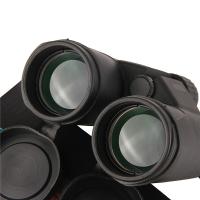






There are no comments for this blog.